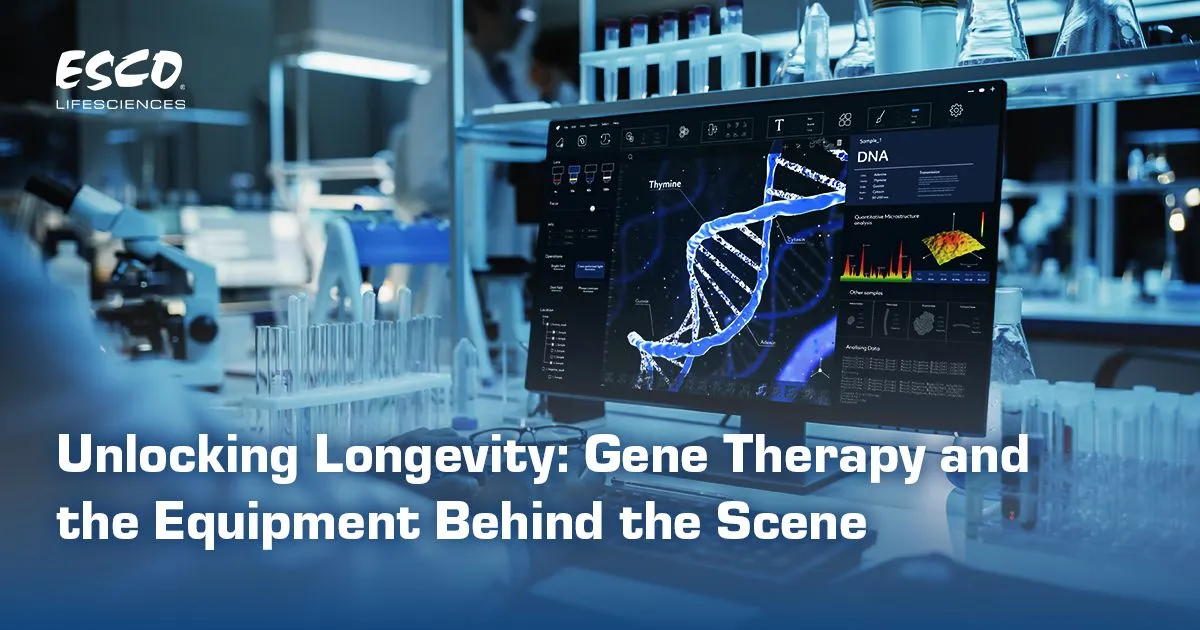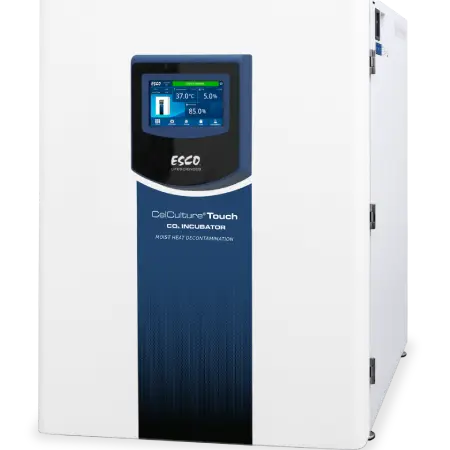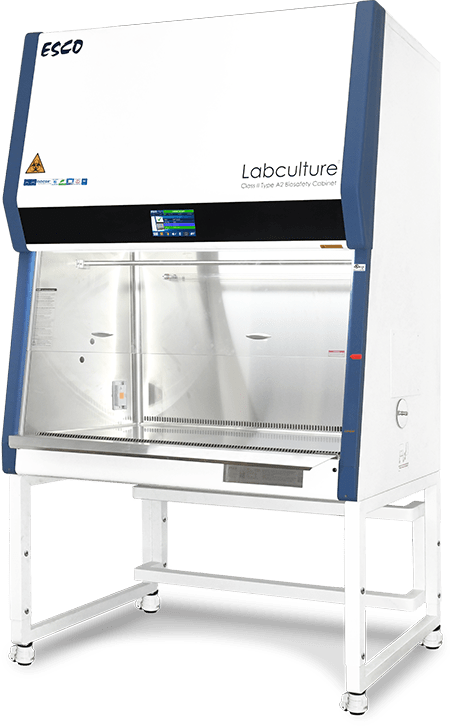Unlocking Longevity: Gene Therapy and the Equipment Behind the Science

The Harvard Study on Reverse Aging
With aging becoming a growing concern, especially in developed countries due to shrinking workforces and rising healthcare costs, hope has been sparked by a scientific breakthrough suggesting that the march of time could be slowed—or even reversed. At least, for mice for now.
A research team at Harvard Medical School, led by Dr. David Sinclair, has recently uncovered new findings in aging and reverse aging. Initially, the scientists used the Inducible Changes to the Epigenome (ICE) technique to accelerate aging in mice by inducing alterations to their DNA. The mice rapidly aged, exhibiting tissue malfunction, loss of cell identity, and typical aging symptoms.
Next, on the same experimental subjects, the team introduced a gene therapy delivering three genes collectively called OSK (OCT4, SOX2, and KLF4)—genes active in young stem cells. This combination successfully restored the cells to a youthful state, as tissues and organs began rejuvenating. Overall, the study reveals that aging is less about the passage of time and more about cells “forgetting” how to maintain their youthful functions.
While Sinclair’s findings are recent, the concept is built on decades of foundational work. Nobel prize winner Shinya Yamanaka’s 2006 discovery of “Yamanaka Factors” or the OSK revolutionized the field by showing how adult cells can be reprogrammed to a youthful state.
Gene Therapy: The Engine Driving Reverse Aging
The exciting news from the mouse studies is that gene therapy is transforming medicine by targeting the root cause of diseases—our DNA. Instead of managing symptoms, gene therapy repairs, replaces, or reprograms faulty genes. It is already revolutionizing treatment for rare genetic disorders. For humans, this could mean therapies that deliver gene-editing instructions directly into tissues, or drugs mimicking these “youth reset” effects at the cellular level. Aging may be a reversible biological state rather than an irreversible fate.
Despite its promise, gene therapy faces critical hurdles such as contamination, sample stability, and environmental release risks. Therefore, the right equipment is essential to ensure this noble mission of improving human health succeeds, progresses, and accelerates.
The Advanced Technology Behind the Science, Safety, and the Precision
At Esco, we understand that gene therapy’s future depends on safe, contamination-free environments and precise environmental controls. Our advanced biosafety cabinets and CO2 incubators are designed specifically to meet the complex demands of gene therapy development.
Our containment solutions provide sterile environments that prevent cross-contamination and protect researchers from hazardous exposure. They maintain exact control over temperature, humidity, and air quality to preserve the integrity of sensitive biological samples. Esco empowers gene therapy labs to operate safely and reliably.
CelCulture® Touch CO2 Incubator
Designed to provide a stable and contamination-free environment with precise heating and rapid recovery, the CelCulture® Touch CO₂ Incubator delivers optimum contamination control for reliable results. With an easy-to-use touchscreen controller, its incubation assistance simplifies lab work—even during the busiest days. Maintenance is also hassle-free, thanks to innovative, modern technology that keeps your incubator performing at its best.
Precision. Reliability. The right incubation support for demanding lab environments.

Features:
- Easy-to-use 7-inch touchscreen controller, fully usable with gloves on
- USB Port and built-in graphics for simplified monitoring
- Built-in maintenance reminder for all maintenance tasks
- Rapid parameter recovery to protect cells after door opening
- High-accuracy sensors for precise CO₂ and temperature control
- Hassle-free 90°C moist heat decontamination
- ULPA Filtration System for ISO Class 5 air cleanliness
Labculture® G4 Class II Type A2 Biological Safety Cabinet
Handling high-risk samples is made efficient and secure with the Labculture® G4 Class II Type A2, with its ergonomic work zone and bright illumination for precise handling. Versatile with three different sash height openings (8”, 10”, and 12”), the biosafety cabinet supports advanced control and monitoring.

Features:
- 7” touchscreen controller with airflow monitor
- Smartphone-like interface with user guide
- Ergonomic and easy-to-clean cGMP design
- Built-in Tray Rods for cleaning and Cable Port
- Isocide™ antimicrobial powder coating
- ULPA filter, 10x more efficient than HEPA filter
- Self-Adjusting ECM blower, for stable airflow
- STA stand with caster and leveling feet combo
For more information, contact us now!
References
- Harvard Medical School. (n.d.). Loss of epigenetic information can drive aging; restoration can reverse. Retrieved from https://hms.harvard.edu/news/loss-epigenetic-information-can-drive-aging-restoration-can-reverse
- Horvath, S., & Raj, K. (2019). DNA methylation-based biomarkers and the epigenetic clock theory of ageing. Mechanisms of Ageing and Development, 177, 5–17. https://doi.org/10.1016/j.mad.2019.03.004
- Lu, Y., Brommer, B., Tian, X., Krishnan, A., Meer, M., Wang, C., ... & Bonkowski, M. S. (2022). Reprogramming to recover youthful epigenetic information and restore vision. Cell, 185(8), 1433–1447.e24. https://doi.org/10.1016/j.cell.2022.03.037
- News-Medical.net. (2023, July 12). Researchers develop a chemical approach to reverse aging. Retrieved from https://www.news-medical.net/news/20230712/Researchers-develop-a-chemical-approach-to-reverse-aging.aspx
- News-Medical.net. (n.d.). What is epigenetic reprogramming—and could it reverse aging? Retrieved from https://www.news-medical.net/health/What-Is-Epigenetic-Reprogramminge28094and-Could-It-Reverse-Aging.aspx
- Science. (n.d.). Two research teams reverse signs of aging in mice. Retrieved from https://www.science.org/content/article/two-research-teams-reverse-signs-aging-mice
- WorldHealth.net. (n.d.). Stem cells, regenerative medicine & aging. Retrieved from https://worldhealth.net/news/stem-cells-regenerative-medicine-aging/